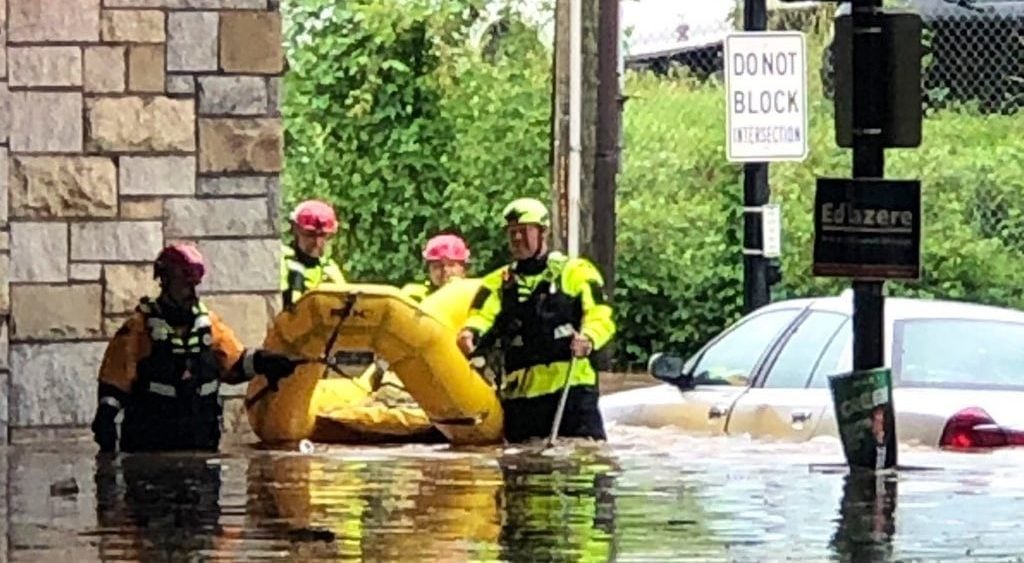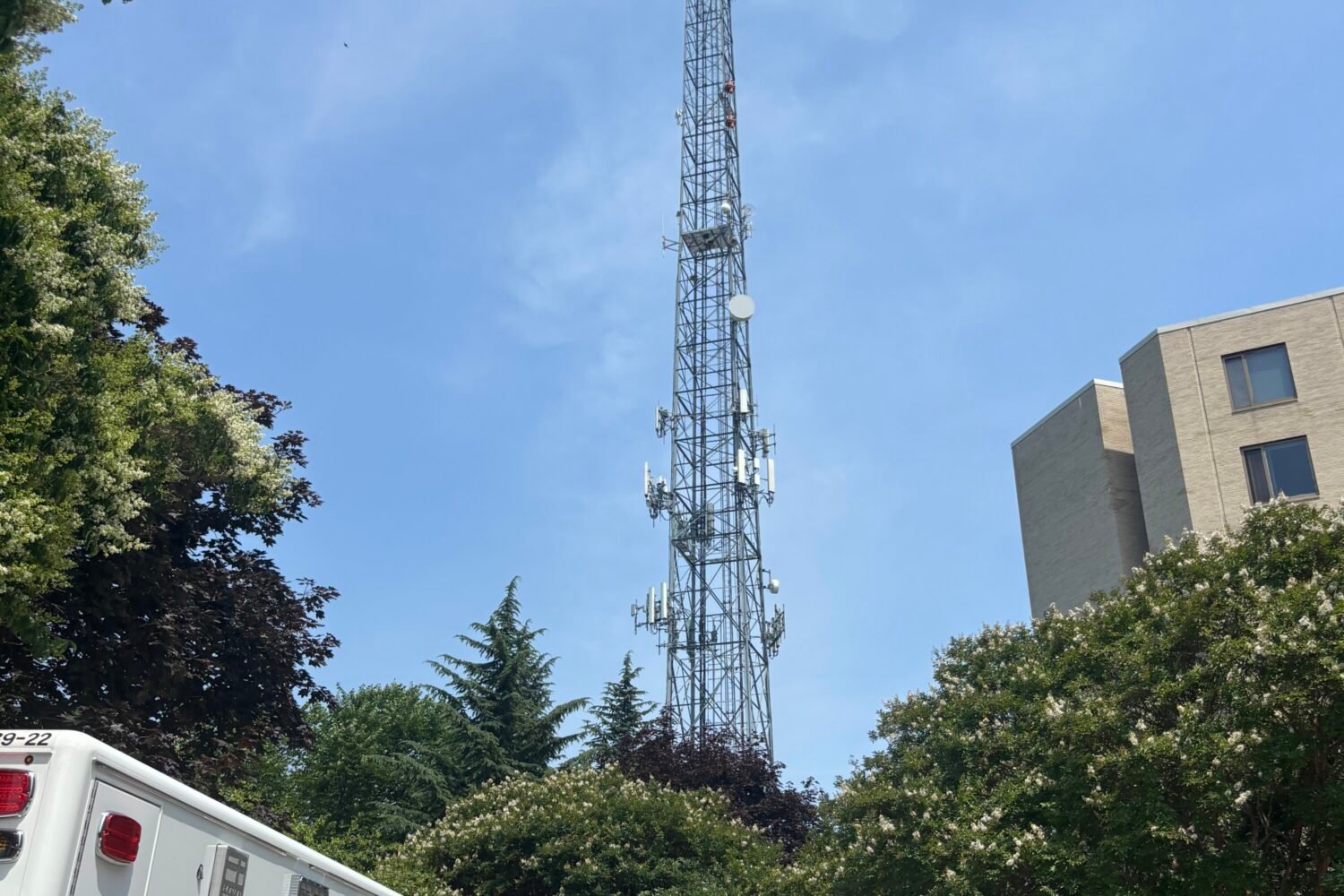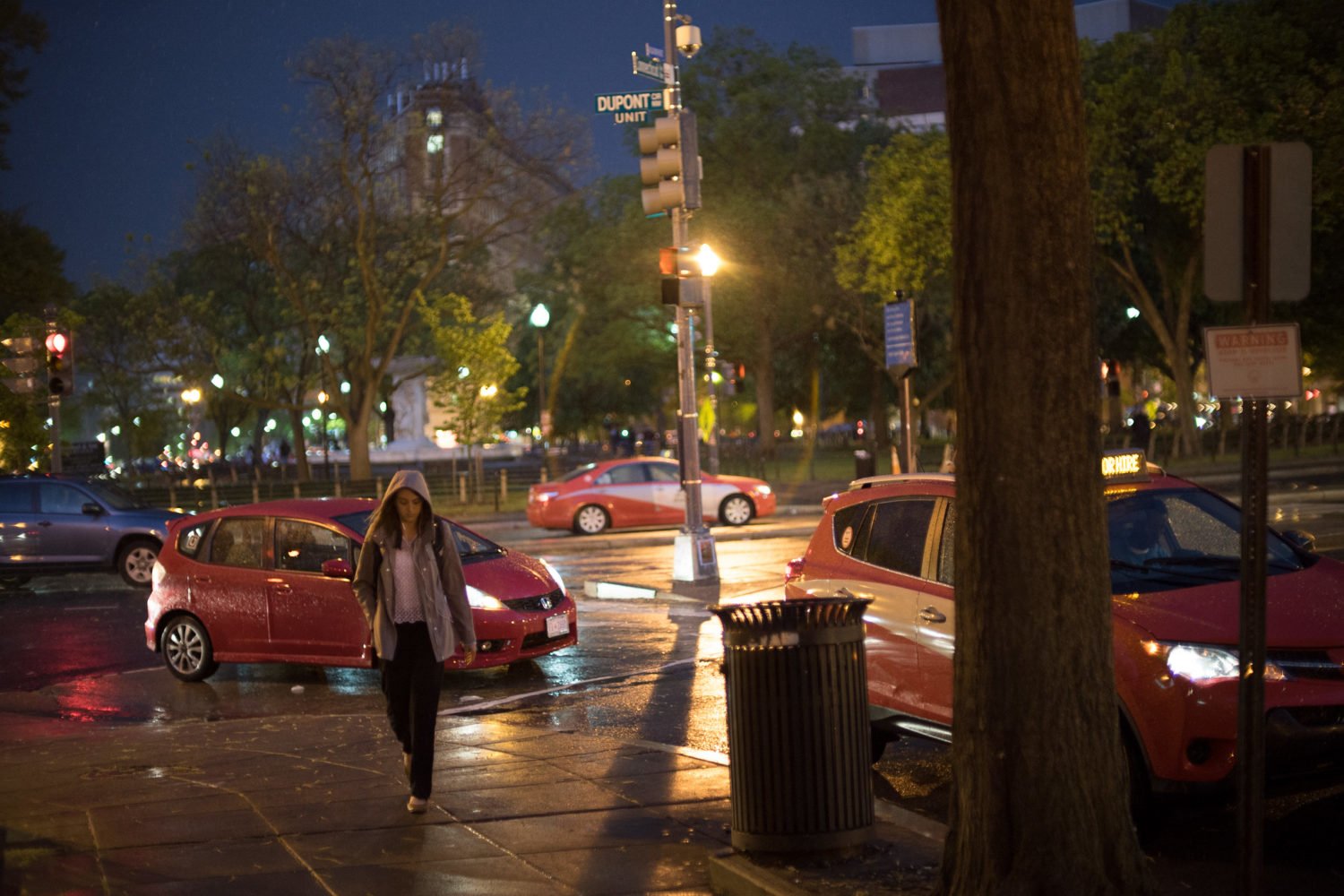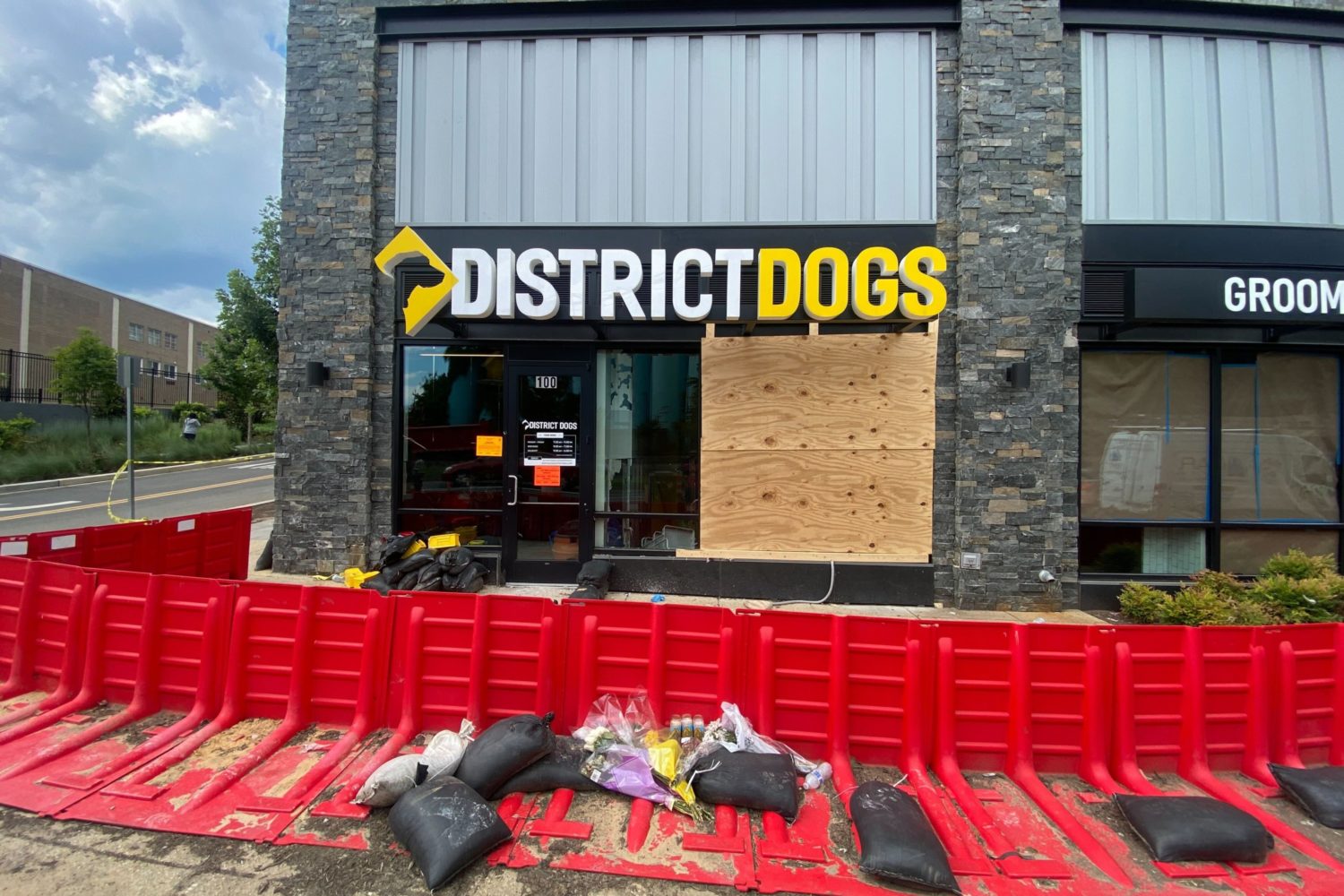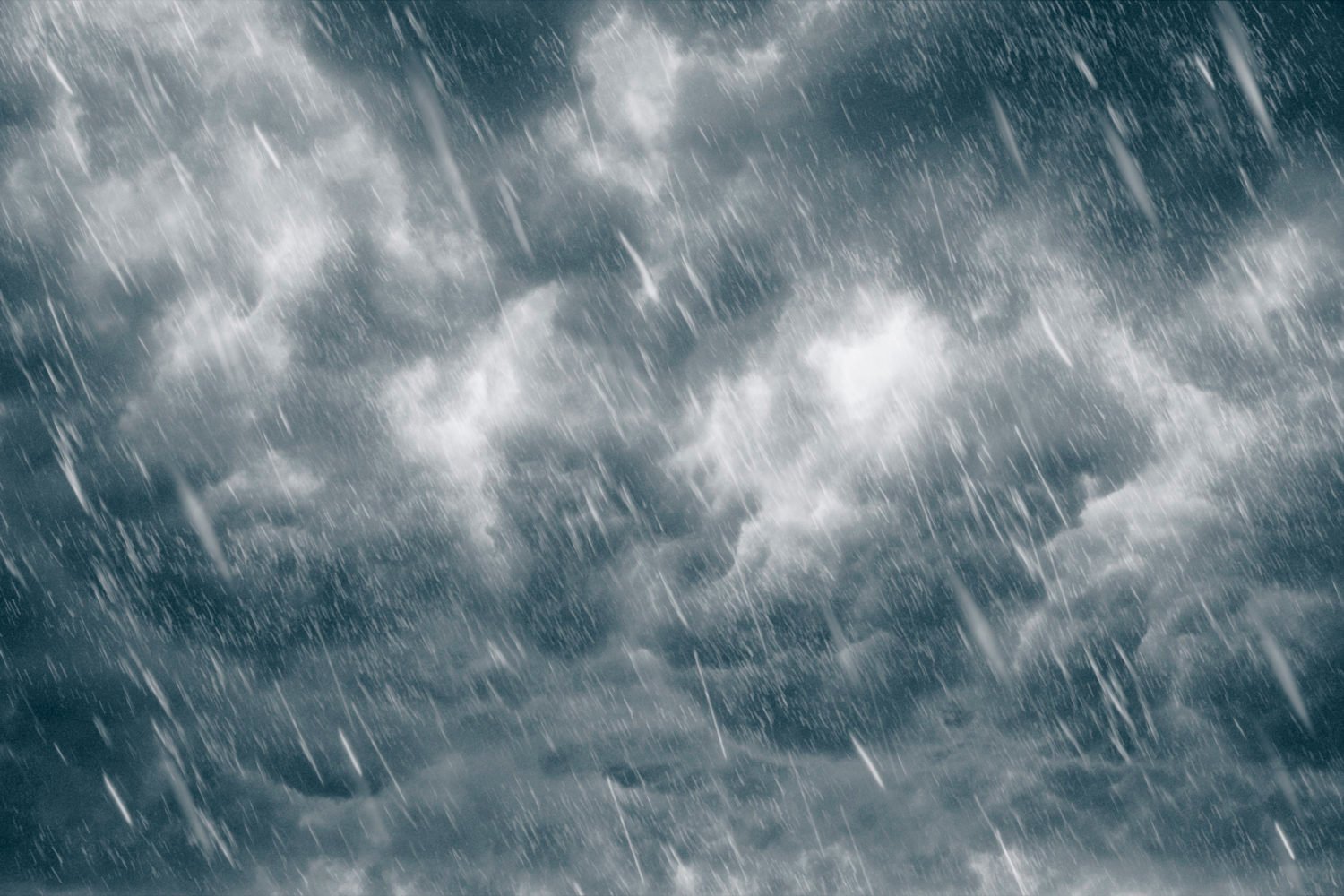On Thursday afternoon, a storm dumped massive amounts of rain on DC, flooding streets and stranding motorists. It was an extremely busy day for DC Fire and EMS, which responded to 46 water-rescue calls. Deputy Fire Chief Danny McCoy leads Special Operations, the 128-person team that deals with the department’s flood response. We talked to him about what yesterday was like.
What was the moment where you realized things were getting bad?
The initial incident response was for vehicles in water in Mt. Olivet and West Virginia. That’s not one of the common spots that we run water rescues. And then I looked on my screen and 15 or 20 calls popped up all at once. That’s when I knew we were getting ready to be overwhelmed.
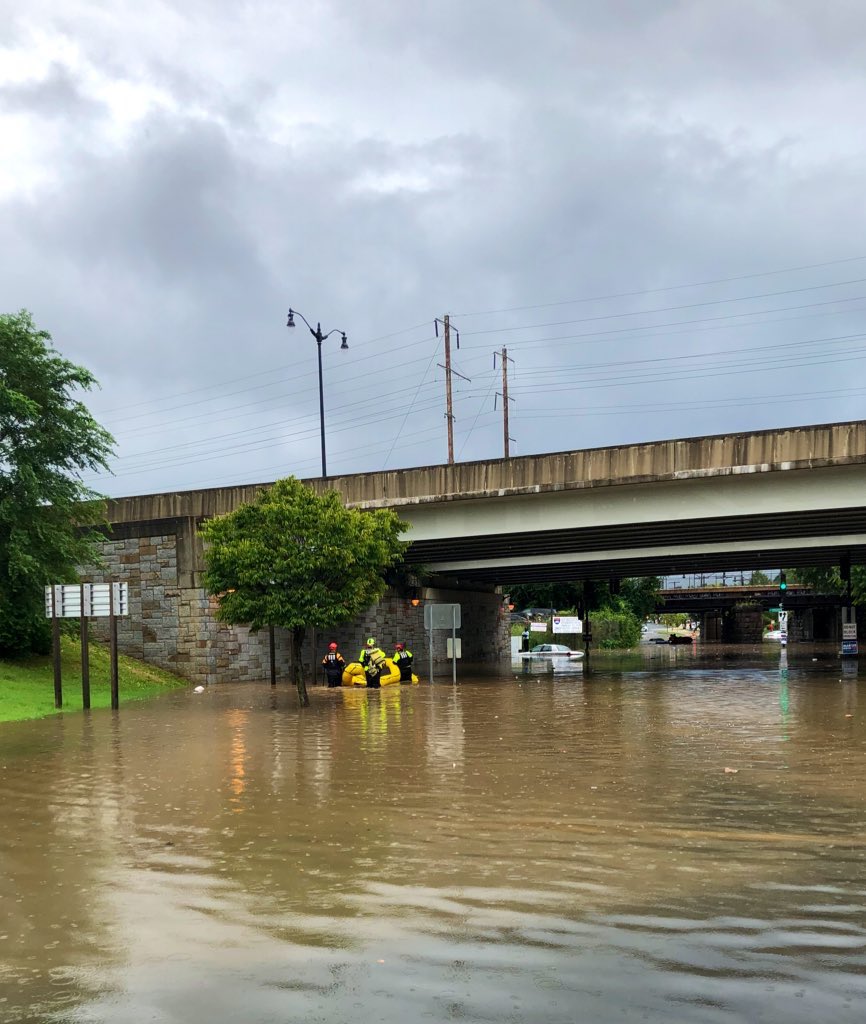
Have you seen something like that before?
It happens often when there’s thunderstorms or heavy storms, but they’re generally hot spots, the Rock Creek Park area, and it’s more localized flooding. This was pretty widespread. This spanned from Northeast to a little bit of Southeast, Northwest—across the city.
What was the most unexpected situation?
I guess it’s not unexpected, but the most challenging is when you find a large section of a highly used roadway and you have multiple cars underwater with their headlights still on. You’re not sure if the person got out or not. So Rhode Island Avenue, we had multiple vehicles underwater, some with their headlights on, and all you can see is a roof of their vehicle.
At one point, Rock Creek and Potomac Parkway in Potomac, the report was a first responder arrived and found 30 vehicles either submerged or stranded. All those people were either evacuated or self-extricated themselves.
How do you maneuver a situation like that, where you have 30 cars in need?
It’s hard because you want to rescue everybody at once. But you want to go to whoever is [in] the most danger. There may be a couple cars that are in a foot or two of water, but the car that has four feet of water up to the side and somebody is still inside is definitely the priority.
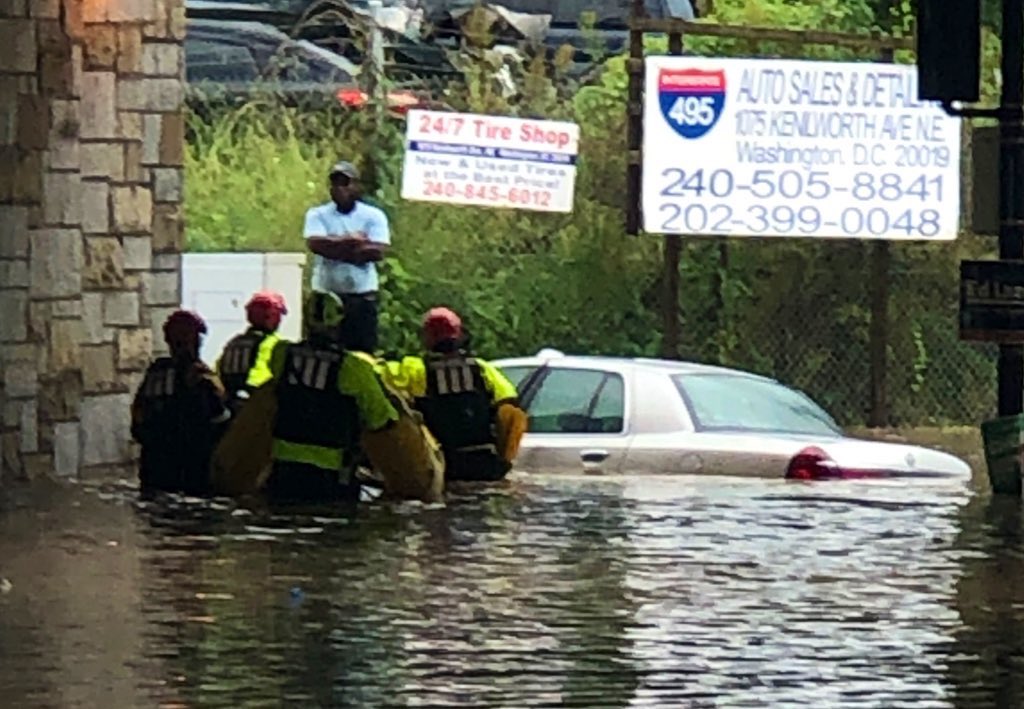
What are some of the tools the team uses use for these water rescues?
We have specialized suits that we put on. We have something called a banana boat, which is an inflatable boat that we can get into that is deployable from a rescue squad, that we can put into the water quickly. We have inflatable boats that are on trailers that we can put into Rock Creek Park for swift water. All three [inflatable boats] were available and we deployed the banana boat. All of our apparatus is equipped with life rings and throw bags, so the first option in a water rescue is to throw a life rope out to them or life ring to help that person self-rescue.
How can we avoid situations where a rescue is needed?
It’s the generic “turn around, don’t drown.” Heed the warnings. I received a flash flood warning on my phone prior to any of the flooding. If I would have been on the road and received that, I would have been more cautious and may have pulled over. If you see standing water, moving water, whatever, it only takes a couple of inches to knock you off your feet.

